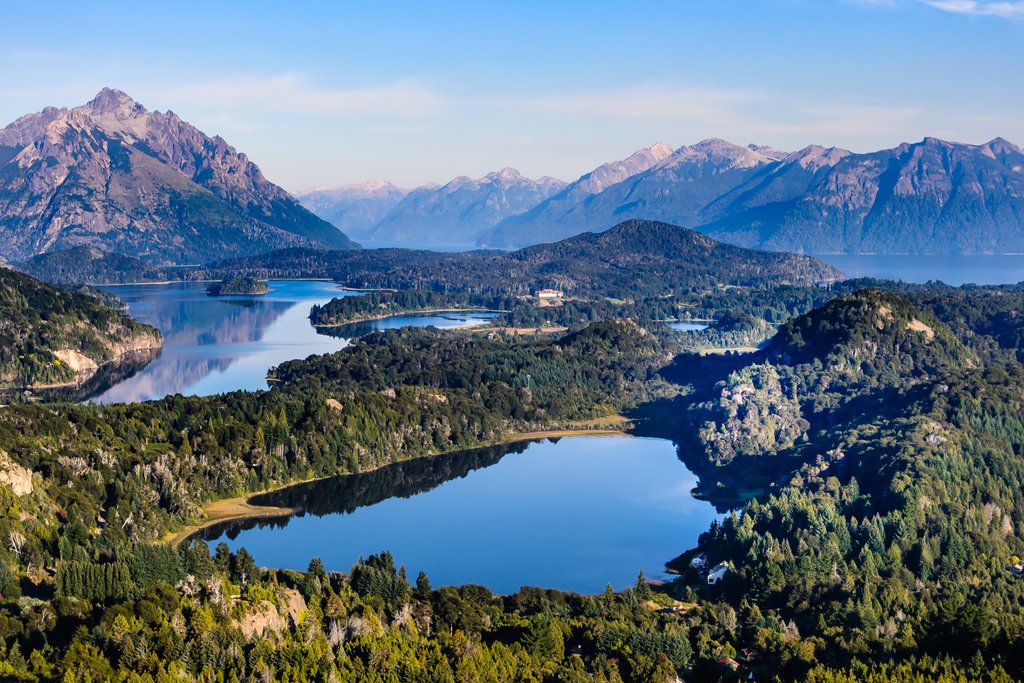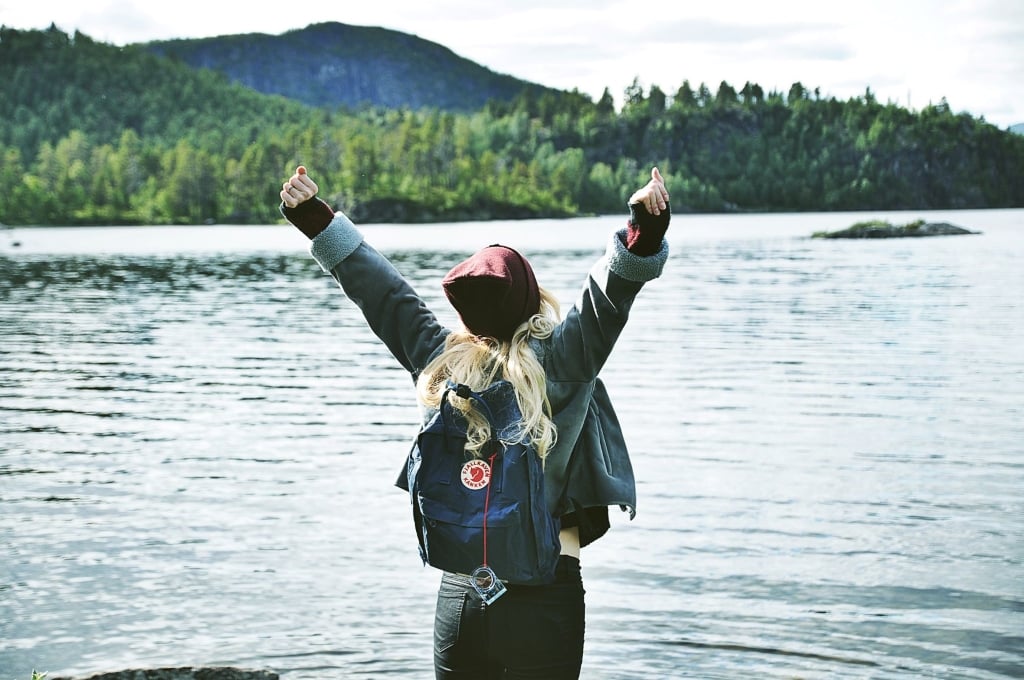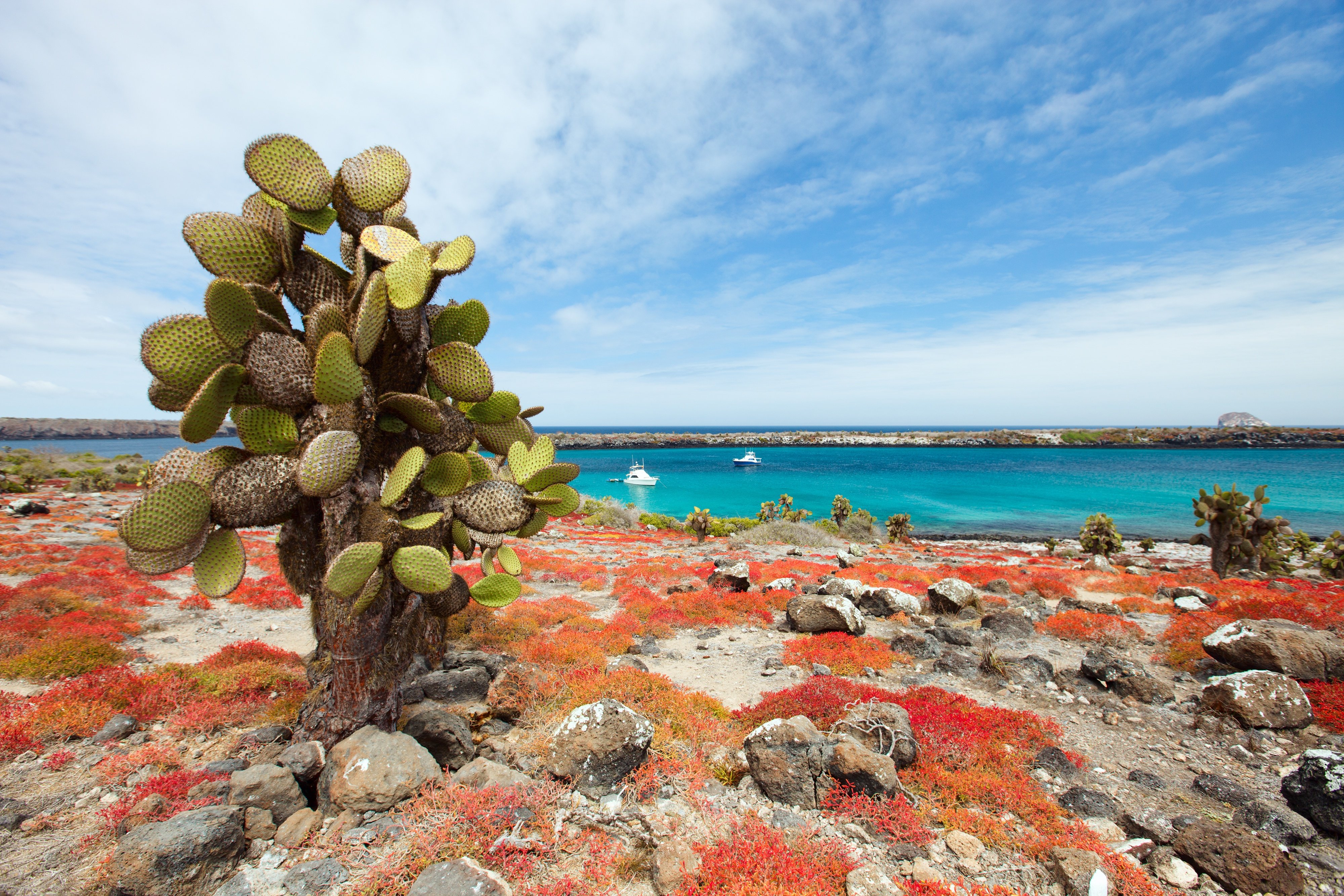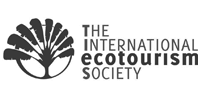Easter Island and its mysterious mythology has been popping up a lot on the news lately as archaeologists and historians express concern that the island’s Moai statues are under threat by the environment. A visit to Easter Island couldn’t be more timely. Although conservation efforts are underway, the 887 statues for which the island is known are showing their age, morphing from impressively carved figures to ordinary volcanic rock.
How does one get there before it’s too late? And once you’re there, on a remote island roughly the size of Washington, DC, more than 2,000 miles off the coast of Chile, what do you do? Where do you stay? Here, our Lost World Adventures insider’s guide on how to get the most out of your Easter Island experience.
Where Is Easter Island?
Stand on the westernmost coastline of Chile in South America. Gaze out over the vast Pacific Ocean. Out there, more than 2,000 miles away, lies Easter Island, a volcanic isle 15.3 miles by 7.6 miles in size. It’s marked by rocky coves, sheer cliffs, volcanic cones and calderas and, of course, the huge stone sculptures for which it’s known.

What Can I Do on Easter Island?
More than you might think possible on an island of such modest size! Here’s a peek at the countless activities on Easter Island:
- Ahu Akivi: view the seven beautifully preserved Moais that represent the first seven explorers and the only ones that face the ocean
- Ahu Tahai: a group of ceremonial altars that is the best-preserved archaeological site on the island
- Rano Raruki: an extinct volcano with dramatic crater lake views
- Orongo ceremonial village: site of early petroglyphs and where the birdman competition took place, in which competitors would climb down the cliff and swim across to Motu Nui (which means “big island” in Rapa Nui)
- Ani Kai Tangata caves: featuring paintings on the walls and ceilings in the same paint that the Rapa Nui used to adorn their bodies
- Ahu Akahanga: where King Hotu Matua is supposedly buried; there are four platforms, 12 Moais, 8 topknots and the remains of several boathouse foundations
- Rano Raraku: a quarry of nearly 900 stone statues, with 337 of them still lying or standing on the slopes of an extinct volcano; this is where practically all of the existing Moais were sculpted
- Tapati Festival: held each February, a great way to delve into Rapa Nui culture
- Biking along the west coast through Ahu Akivi and past Ahu Tahai
- Visiting the museum, church and town center of Hanga Roa
- Anakena Beach: Rapa Nui’s main beach, with warm, clear, turquoise waters
- Hiking Puakatiki: the oldest volcano on the island
- Trekking to Orongo: climbing the Rano Kau volcano and walking completely around the crater
- Hiking Terevaka Volcano: the highest point on the island
- Visiting Ahu Vinapu: a ceremonial center where there is stonework reminiscent of Peru’s Inca civilization
- Ana Te Pahu Caves: also known as the “banana caves,” among the largest on the island and some of the most legendary
See below for tour details*

Where Can I Stay on Easter Island?
Over time, several full-service, modern resorts and lodges have popped up on Easter Island, to the delight of those seeking an adventurous destination, yet hoping for 21st-century comforts. Among our Lost World Adventures favorites:

Located 8 km (5 miles) away from Hanga Roa, in a privileged location from which to explore Easter Island, explora Rapa Nui is surrounded by trees, prairies and views of the Pacific Ocean. All programs include accommodations, transfers to and from the airport, meals and drinks and a selection of more than 30 exploration routes designed by the resort’s outdoor team. Travelers can go out and explore Easter Island either hiking or biking, by van, through the ocean or a combination of these options. The planned hikes, bicycle explorations and snorkeling and diving activities are the perfect choice to get to know the history, culture and landscapes of Rapa Nui, visiting both the most iconic and off-the-beaten track sites. What’s more, the experience is all-inclusive, so guests need not worry about nickel and diming their meals and activities during their stay on Easter Island.
The all-inclusive Hanga Roa Eco Village & Spa blends seamlessly with the environment with its grass roofs, colors and textures of the island and pays tribute to the Orongo ceremonial village. Set around an ancestral “boat house” that houses the reception and lounge area, the resort offers guest rooms featuring local artwork, large clay soaking tubs and volcanic stone; the largest swimming pool on the island; and a spa overlooking the Pacific Ocean. Relish in the aromas, flavors and colors of Easter Island in multiple restaurants – Poerava, Kaloa and the pool bar, Vaikoa. Enjoy signature recipes using locally caught fish and seafood seasoned with the local spices of Polynesia. Excursions around the island are easily arranged with the resort staff, including sunrise at Ahu Tongariki, trekking at Poike Volcano and hiking through a landscape of lava tubes near Ahu Te Peu, one of the main foundational settlements.
With one of Easter Island’s best locations – just 150 feet from the Hanga Roa village center and a two-minute walk to the sea – Hotel O’tai (which means “in the coast” in the Rapa Nui language) features an outdoor pool, tranquil garden and 41 spacious guest rooms. The friendly staff can arrange excursions around the island for an additional fee. The hotel will provide transportation to and from the airport and welcomes guests with a flower necklace and fruity welcome drink.
From airport transfers to tours to activity programs, Hotel Puku Vai is a delightfully modern oasis amidst the mysteries of Easter Island. Air conditioning and free WiFi are among the many thoughtful amenities here, as well as an outdoor pool, tropical garden, bar and restaurant. The hotel is walking and biking distance of several archaeological sites, including the Ahu Tahai and Anakena beach.
Hotel Altiplanico boasts a panoramic view of the shoreline on one of the world’s most unique destinations, Rapu Nui, or Easter Island. Designed in the style of the traditional Easter Island boathouse, with luxurious gardens, a beautiful swimming pool fronting the sea and large open spaces to relax after encountering the seductive mysteries of the island, the hotel effortlessly combines modern comforts and the warmth of Easter Island culture. Set a 10-minute walk from Hanga Roa, the first-class hotel offers 16 spacious guest rooms, an outdoor swimming pool, gardens, complimentary internet and gourmet dining – a mixture of Peruvian, Chilean and Rapanui roots, from kana-kana to purple sweet potatoes, washed down by a world-class wine or mango sour.
The three-star Taha Tai Hotel offers an outdoor swimming pool and quiet bungalows and guest rooms set amidst tropical gardens just a five-minute drive from the Mataveri International Airport. Amenities include complimentary breakfast, WiFi and roundtrip airport transfers. The hotel restaurant, open to the public, offers locally inspired cuisine and cocktails for breakfast, lunch and dinner.
Hotel Hare Noi Rapa Nui
The dream of the owners was to recreate for guests the original houses that were in Rapa Nui at the time of its awakening on the world travel stage. One of the families that welcomed the first commercial flight guests to Easter Island is part of the hotel family today. Just nine bedrooms guarantee a tranquil, exclusive setting, each set in a larger house with a shared common area, living room and dining room. Breakfast is included daily at Umanga restaurant, which also offers a varied menu of fresh Rapa Nui fish, meat, vegetable, desserts and drinks. Indulge in a massage, take a dip in the outdoor pool or take a moment to yourself in the natural solarium, surrounded by volcanic stones. A wide variety of adventures and experiences are available with tours set up by the hotel staff with expert Easter Island guides.
How Do I Get to Easter Island?
The ancient Rapu Nui people first arrived on the shores of Easter Island approximately 1,200 years ago – by double-hulled canoe. Today’s Easter Island visitors arrive by infinitely more advanced means, though it’s not a quick trip by any stretch. Long flights from Santiago, Chile – six hours – service the island. Generally, one should assume a day’s travel to get to Santiago and another day to get to Easter Island. Once you’re on Rapa Nui, the easiest way to get around for sightseeing is by hired car, motorcycle or bike.
Despite climate concerns, there is still time for adventure-minded travelers to see the mysterious Maoi on Easter Island. The megalithic stone statues remain, for now, standing sentinel over the sea and feeding our curiosity about how they, and the Rapa Nui people who built them, got there in the first place.
*Easter Island tour descriptions:
Full-day Easter Island tour - Hanga Te’e, Akahanga, Rano Raraku, Ahu Tongariki, Ahu Te Pito Kura and Anakena Beach
You will be met at your hotel by your guide and drive to the south coast where you will visit representative examples of unrestored platforms: Ahu Vaihu in the bay of Hanga Te’e, and Ahu Akahanga, where the famous king Hotu Matua was supposedly buried. Proceed to Rano Raraku, a quarry of almost 900 stone statues, 397 of them still lying or standing at the slopes of the extinct volcano with crater lake.
Then visit Ahu Tongariki (restored with 15 Moais), the most recent and biggest restoration on the island. Drive to the east coast and visit Ahu Te Pito Kura and the “Navel of the World”. Last but not least visit the beach of Anakena with its restored Ahus Nau Nau and Ature Huke. There you will have the opportunity to enjoy the warm Pacific Ocean. Return to your hotel.
Orongo, Vinapu, Anakai Tangata
Drive up the extinct volcano Rano Kau to an outlook over the crater lake. On the way you have a view over the entire island with its distinct geological features. Afterwards drive to the ceremonial village of Orongo, where the birdman competition took place and where you can see the spectacular petroglyphs related to this culture. Enjoy the breathtaking view towards the 3 islets Motu Nui, Motu Iti and Motu Kao Kao on the opposite coast. Drive down to Ahu Vinapu (unrestored) for evidence of the influence of Inca architects on Easter Island culture. One of the platforms bears a striking resemblance to the stone masonry work at Machu Picchu. Last stop is Ana Kai Tangata cave with paintings. Ana Kai Tangata is the only cave where you can still see paintings on the walls and ceilings. Scholars have speculated on the source for the name of this cave, as it is literally translated as meaning "man-eating cave." (Kai = to eat; Tangata = man). Some 'smart people' like to jump to the conclusion that the ancients practiced cannibalism; however there is no proof to support this theory. The paint used to decorate the ceilings of the cave is the same the Rapa Nui used to paint their bodies.
Ahu Akivi With Tahai
Transfer with your guide to Ahu Akivi, where seven beautifully-preserved Moais in the archaeological center at Roiho are found. These were the first Moais to be restored on the island back in the 1960s. This ceremonial site is also surrounded by numerous legends. The seven Moais represent the first seven explorers sent to explore the island by the King Hotu Matua and are the only Moais facing the ocean. 700 meters away from the backs of the Moai are two stone columns. During the summer solstice (December 21), the sun appears to be wedged exactly between them, an example of the early inhabitants’ mastery of astronomy.
You will also visit Ahu Tahai, a group of ceremonial altars that make up the best-kept archaeological site of the island, certainly a must in your journey to the Island. This incredible place is formed by three ahus, Kote Riki (to the North), Tahai (in the center) and Vai Uri (to the South). Here receive a short lecture on-site by your local guide.
Cycling Easter Island
Half-day bike ride along the west coast passing through Ahu Akivi and taking time to explore some important caves and other archaeological sites along the way, including Ahu Tahai. There are tremendous views from the cliff on this beautiful coast.
Hanga Roa cultural tour
The town of Rapa Nui is called Hanga Roa and Hare Noi Hotel is 5 minutes to the town center. This half day focuses on knowing the spirit of the town and its people, visiting the museum, church and the town center. It is best in the morning when the town is most active.
South & East Coast Tour
Full-day tour to several archaeological sites such as Ahu Akahanga, Ahu Tongariki, the quarry of Rano Raraku finished in the Anakena beach. This excursion is a complete circuit that covers the south and east coasts to the fullest. The day finishes at the calm sea of Anakena.
Terevaka
Full day hike. You will climb the highest point of the island, the Terevaka Volcano. You will have a 360-degree view of the entire island and the ocean and the volcanic origin of the island. You will also visit several interesting archeological sites.
Puakatiki
Full day hike. You will climb Puakatiki, the oldest volcano on the island, with amazing views towards Ahu Tongariki and the Rano Raraku quarry. You will visit important places like Vai to Heva, Ahu Riki Riki and enjoy the view of the coast and the tremendous cliffs of this volcano.
Hiking Orongo
Full day walk. You will climb the Rano Kau volcano and have the opportunity to walk completely around the crater. You will visit several important places like Ahu Vinapu and the ceremonial village of Orongo.
Hanga Oteo
Full day walk along the wild coast of the North sector of the island. This sector is inaccessible to vehicles therefore it is totally free of some caves finishing at Anakena beach where you can enjoy the calm sea.
Go to our Chile Planning Pages for more travel ideas.
Then speak with a Lost World Adventures Chile expert

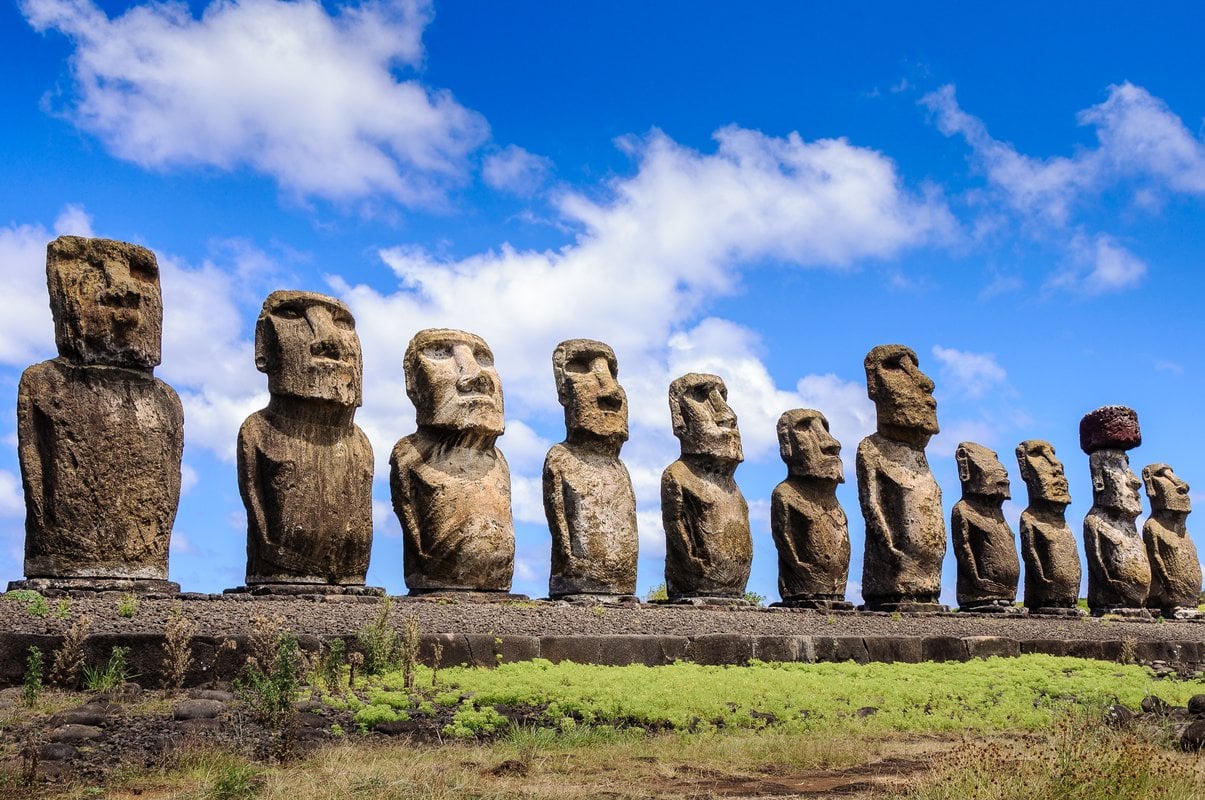


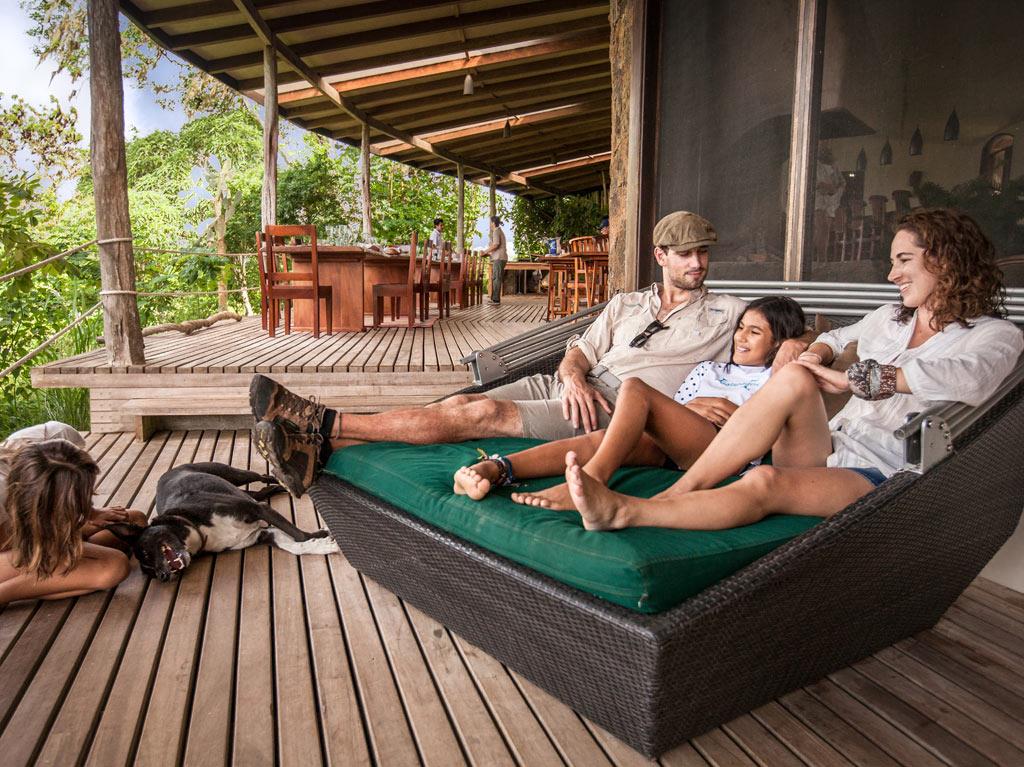
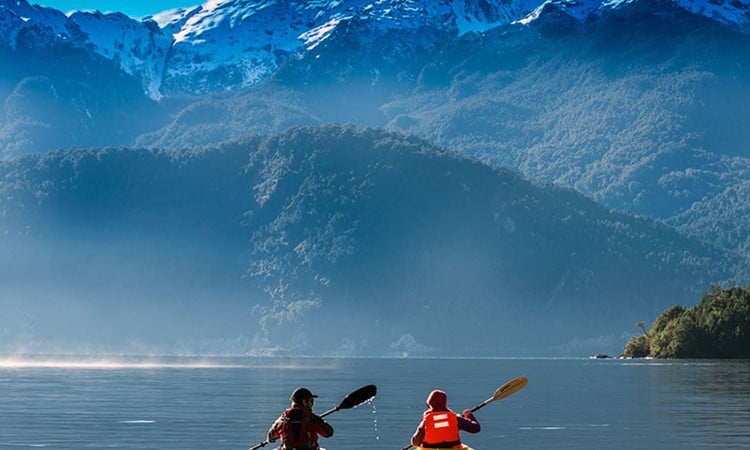
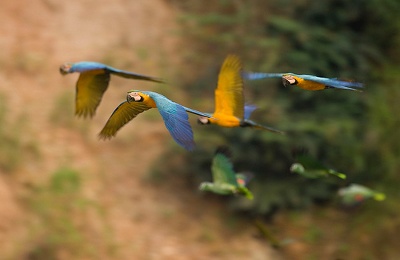

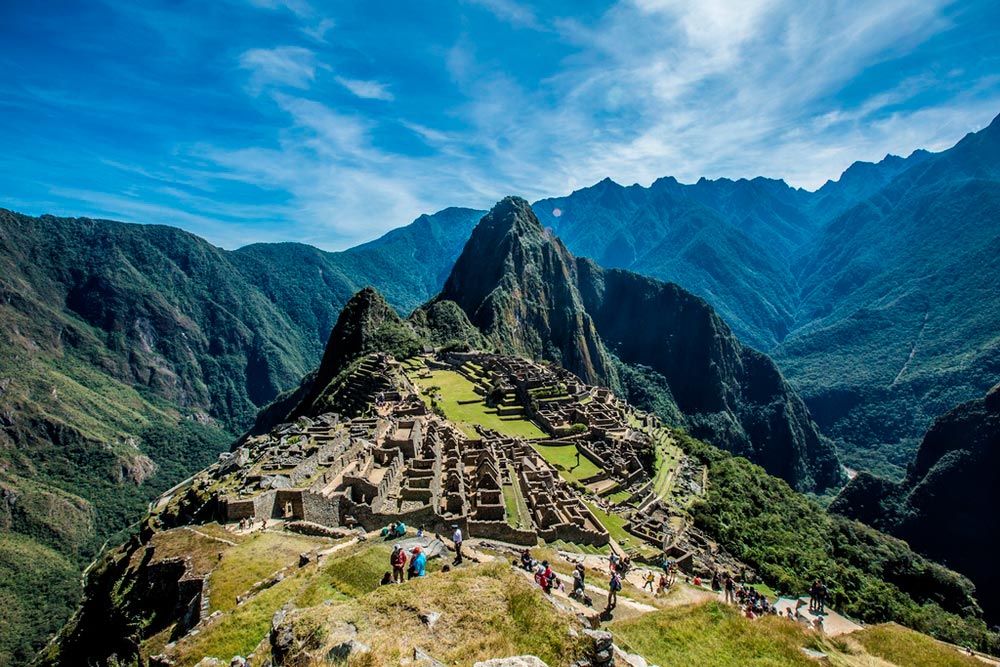
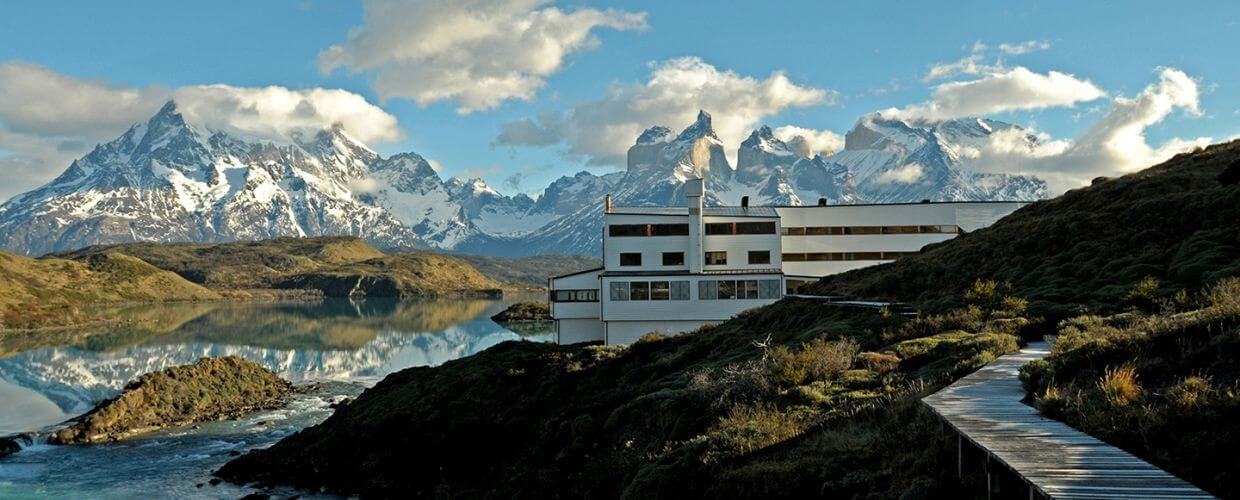
.jpg)
